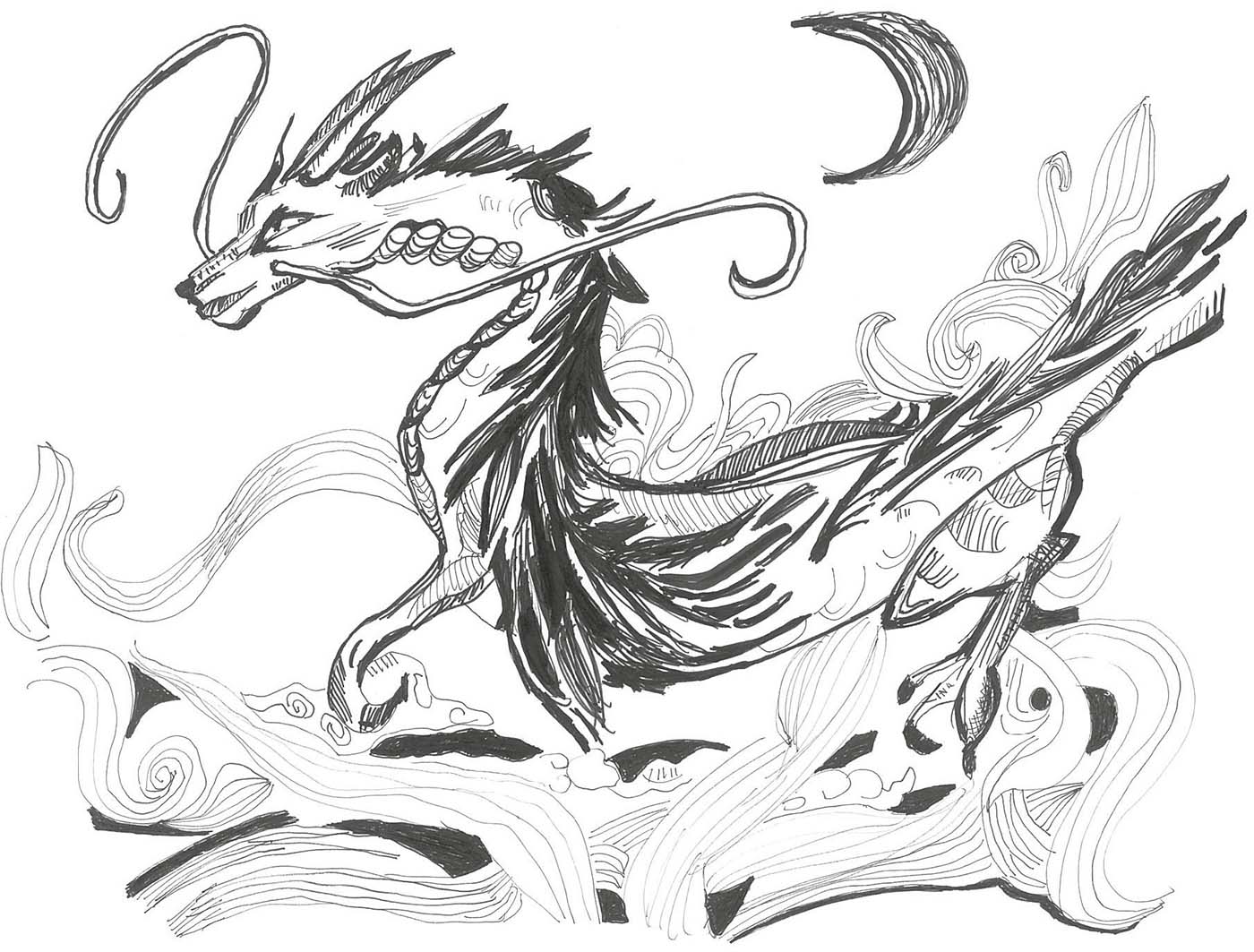Highlights
Popular science book presents the ‘counterfactual’ approach to reformulating physics
.jpg) Chiara’s new book, The Science of Can and Can’t, delves into how counterfactuals could be used to rewrite the fundamental laws of physics.
Chiara’s new book, The Science of Can and Can’t, delves into how counterfactuals could be used to rewrite the fundamental laws of physics.
“A luminous guide to how the radical new science of counterfactuals can reveal the full scope of our universe,” reads the description of The Science of Can and Can’t: A Physicist’s Journey Through the Land of Counterfactuals. The new book by Chiara Marletto, who is a Research Fellow at Oxford University and a CQT Visiting Research Fellow, was published by Penguin Random House on 4 May 2021.
Intended for general audiences, the book delves into how counterfactuals, statements about which transformations are possible or impossible in a physical system, could be used to rewrite the fundamental laws of physics. For example, the law of the conservation of energy is expressed as a counterfactual statement by saying that it is impossible to have a perpetual motion machine.
This new approach to formulating the fundamental laws forms the basis of constructor theory – a framework to generalise the quantum theory of computation, whose name is drawn from von Neumann’s all-powerful programmable machine, the Universal Constructor. Chiara works on constructor theory with Oxford colleague David Deutsch, who first proposed the framework and is one of the pioneers of quantum computing, and with collaborators from Oxford, CQT and INRIM Turin.
David writes in the book’s foreword: “In this book, you will read why escaping from the traditional conception, and incorporating counterfactuals on an equal footing with factual statements into fundamental physics, is so promising – how it sheds a more scientific light on much more of the world, informing a deeper conception of it and ourselves, and how it could facilitate further discoveries.”
The book begins with an invitation to look at the laws of physics is a broader way, including counterfactuals. Readers will explore how counterfactuals can underpin theories of physics, like information theory, quantum information, and thermodynamics, and provide a theoretical foundation for novel experimental ideas. Take the search for a theory of quantum gravity, which could reconcile quantum physics and general relativity. The approach using counterfactuals led Chiara and CQT Principal Investigator Vlatko Vedral to propose a few years ago an experimental test of whether gravity is quantum.
Each chapter also includes a short fictional story that captures the basic elements of the chapter. Chapter one, for example, sets the stage with a fitting story of a girl questioning her father about the point of physics as she struggles with her homework. The illustrations in the book were done by Vlatko, who is a frequent scientific collaborator of Chiara’s.
 Constraints could, paradoxically, lead to more possibilities, says the Luckdragon, a character appearing in the chapter on quantum information. It is illustrated by CQT’s Vlatko Vedral, and is one of the many illustrations that readers will find in the book.
Constraints could, paradoxically, lead to more possibilities, says the Luckdragon, a character appearing in the chapter on quantum information. It is illustrated by CQT’s Vlatko Vedral, and is one of the many illustrations that readers will find in the book.
In her research, Chiara has applied constructor theory to problems in quantum information theory, theoretical biology and thermodynamics. She visited CQT in February 2020 to give a colloquium on constructor theory. Those interested can watch the colloquium on CQT’s Youtube channel.
Some of Chiara’s recent research papers can be found below:
- Marletto, C. The information-theoretic foundation of thermodynamic work extraction.
- Marletto, C., Vedral, V. (2020). Witnessing nonclassicality beyond quantum theory. Phys. Rev. D. 102 086012.
- Marletto, C., Vedral, V. (2017). Why we need to quantise everything, including gravity. npj Quantum Inf 3, 29.
- Deutsch, D., Marletto, C. (2015). Constructor theory of information. Proc. R. Soc. A. 471: 20140540.








